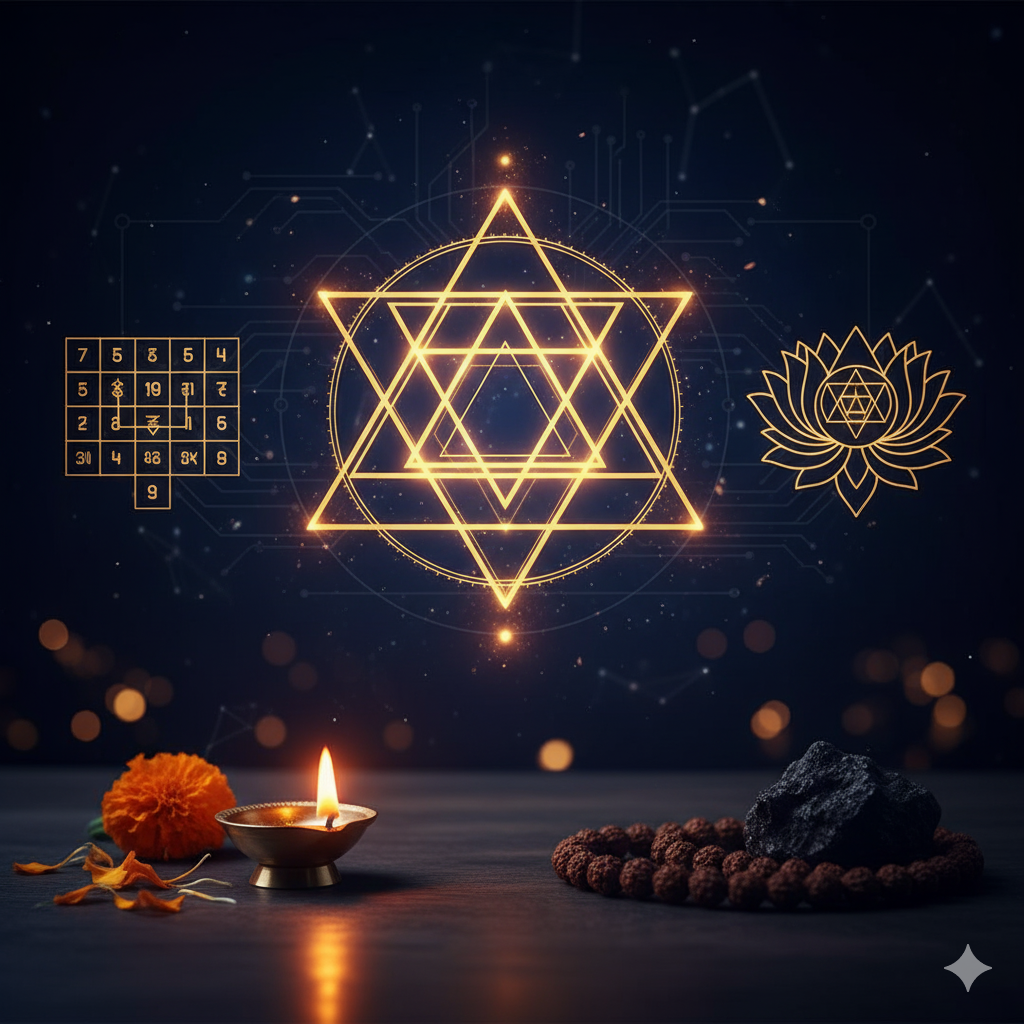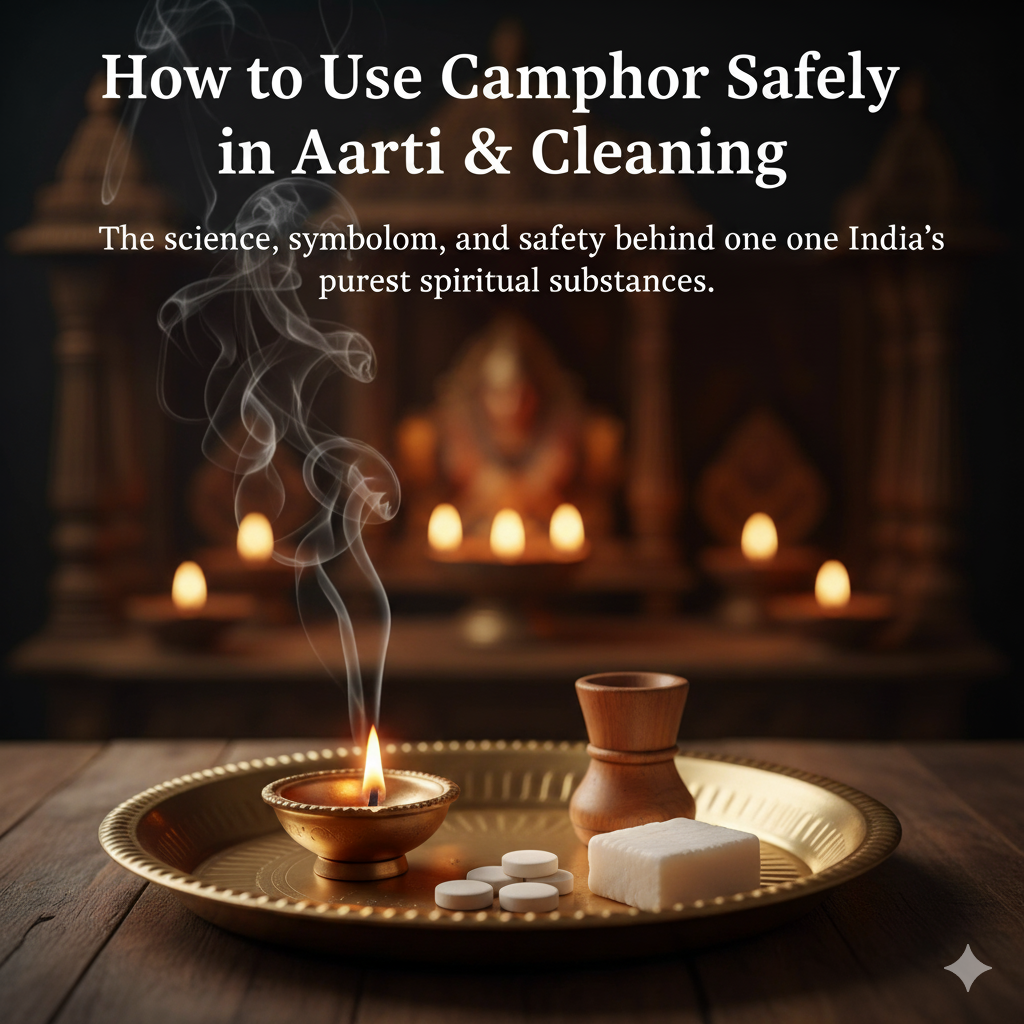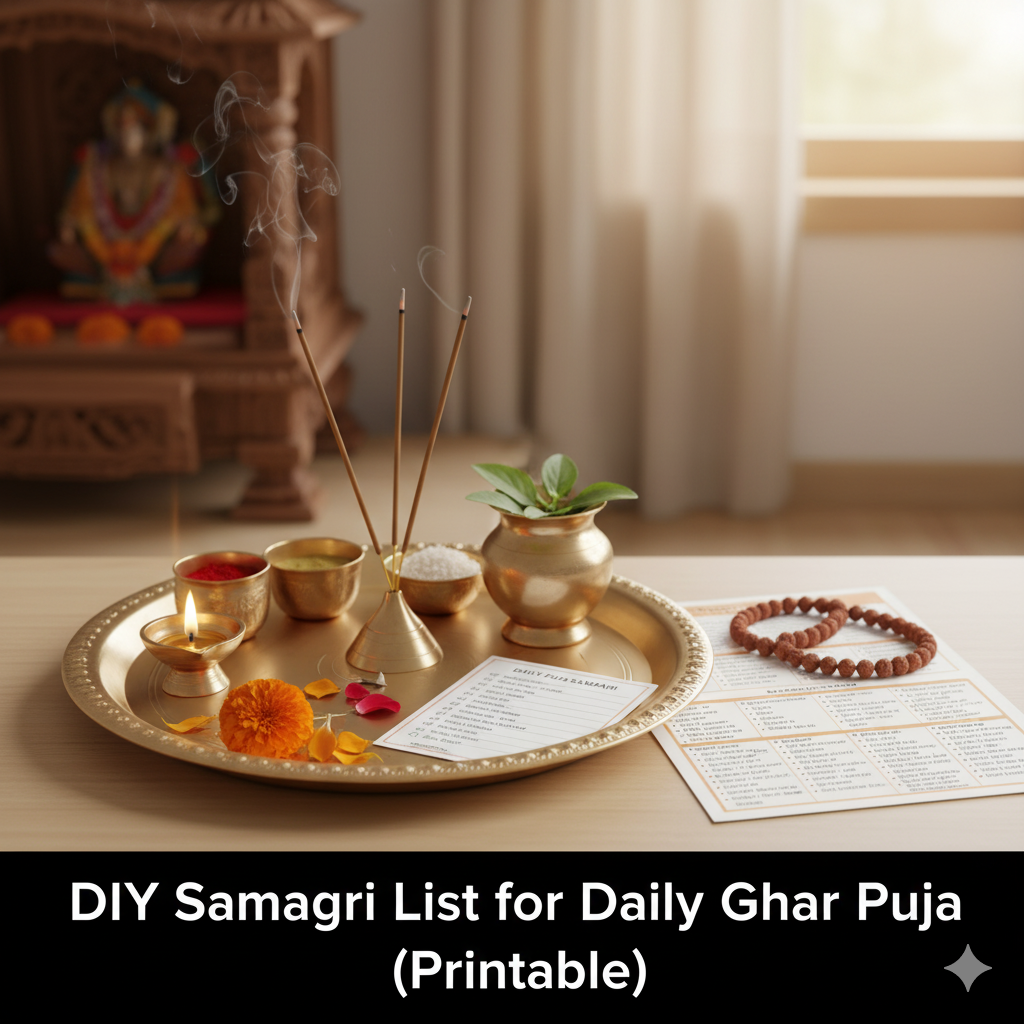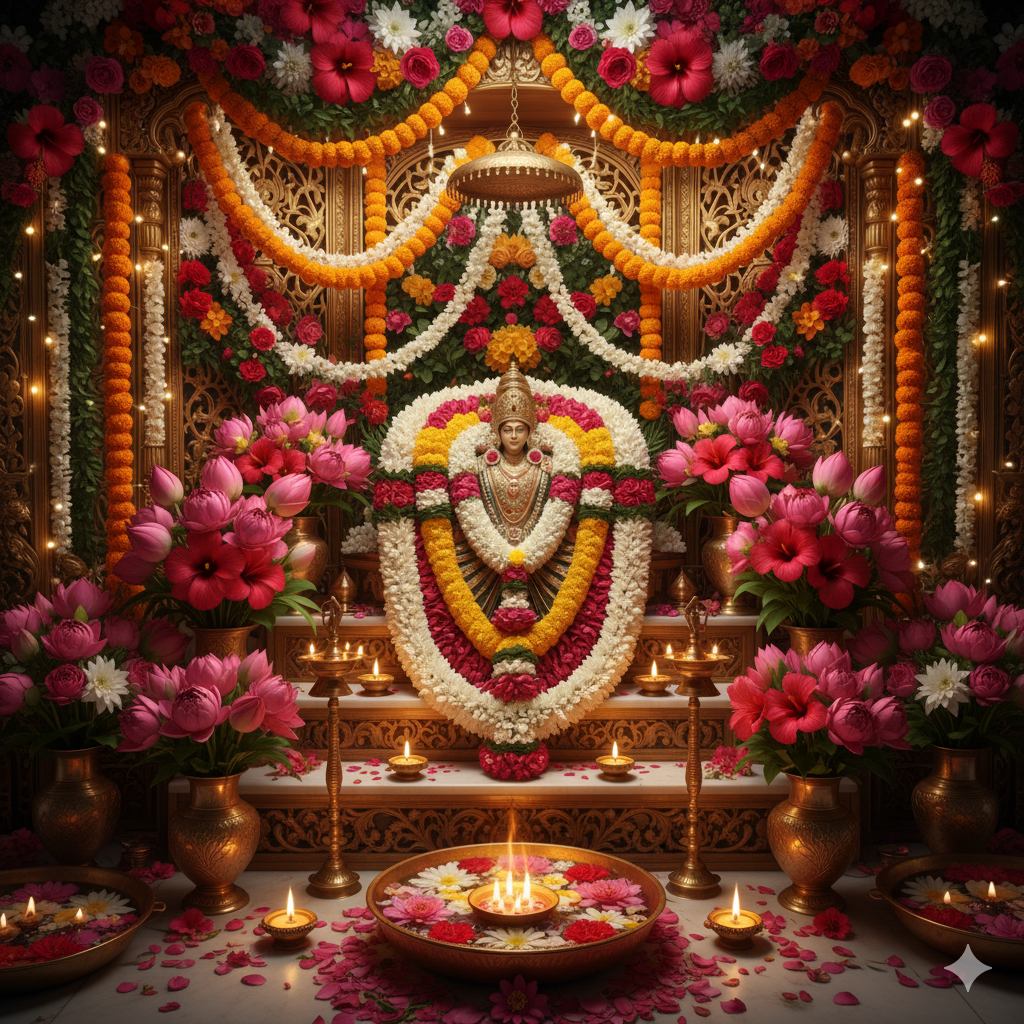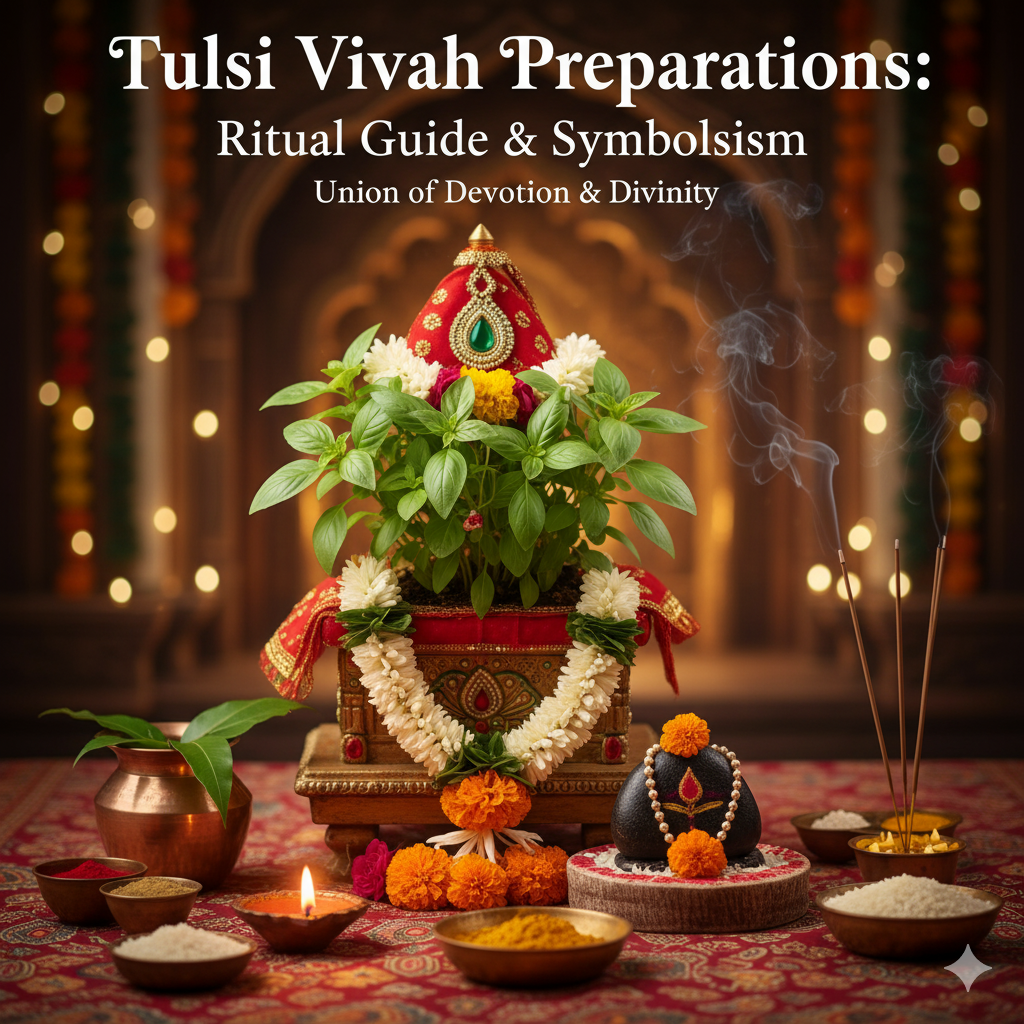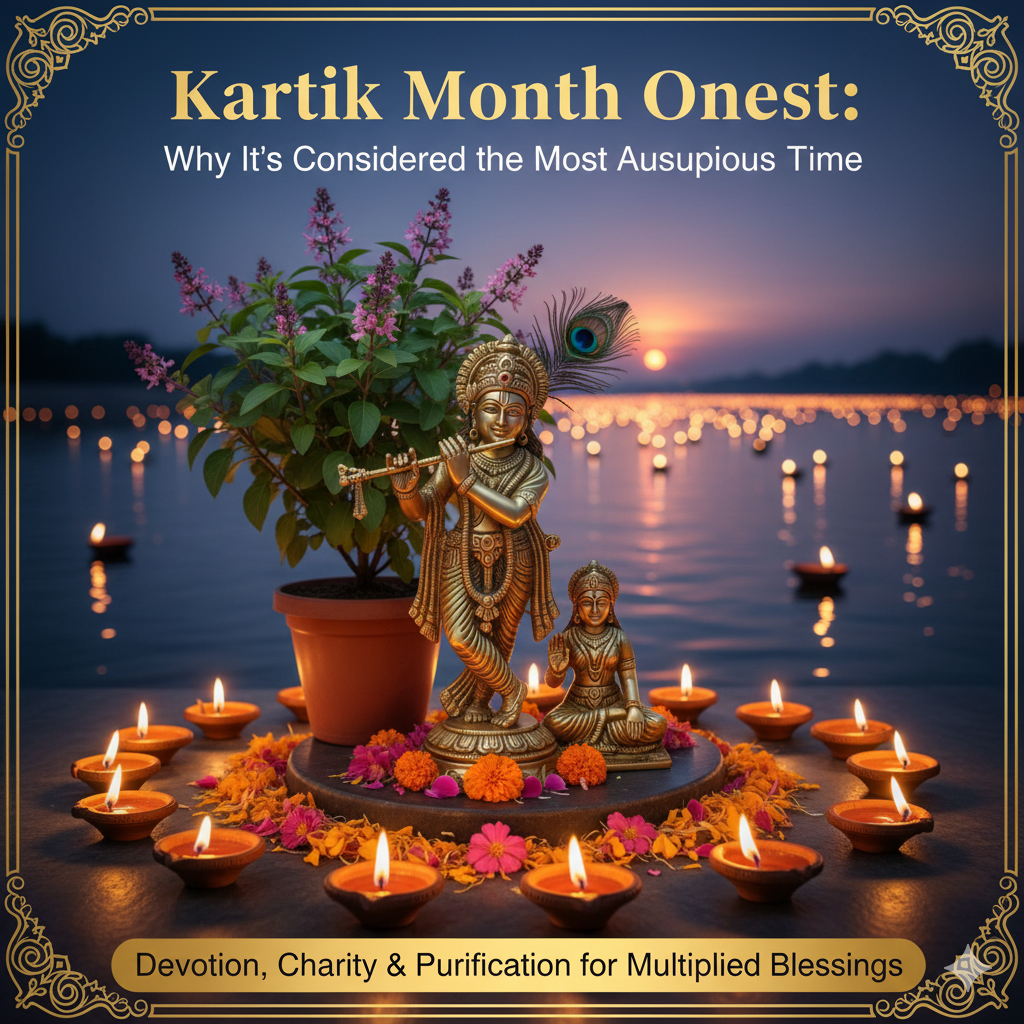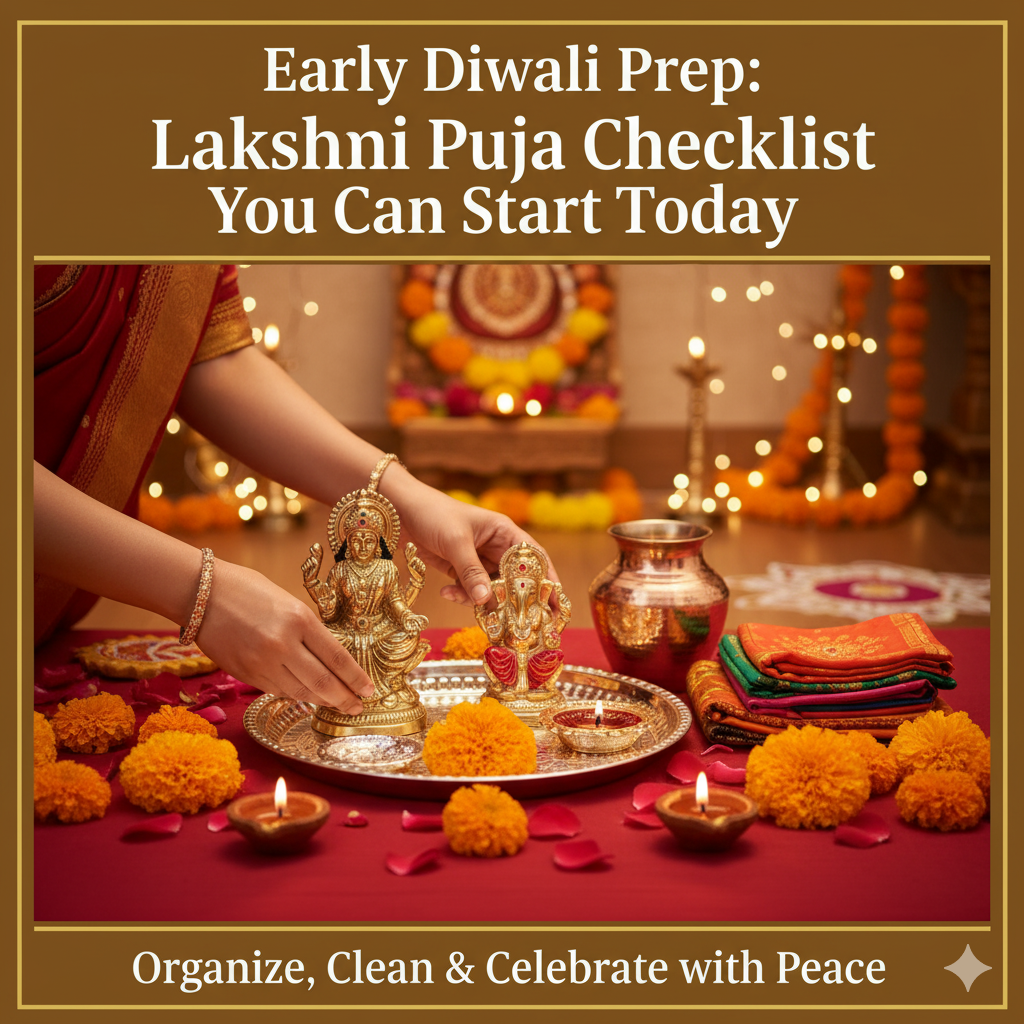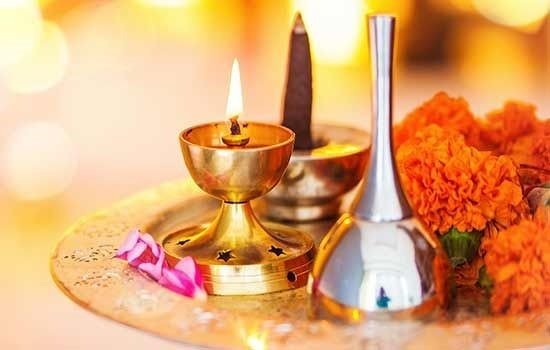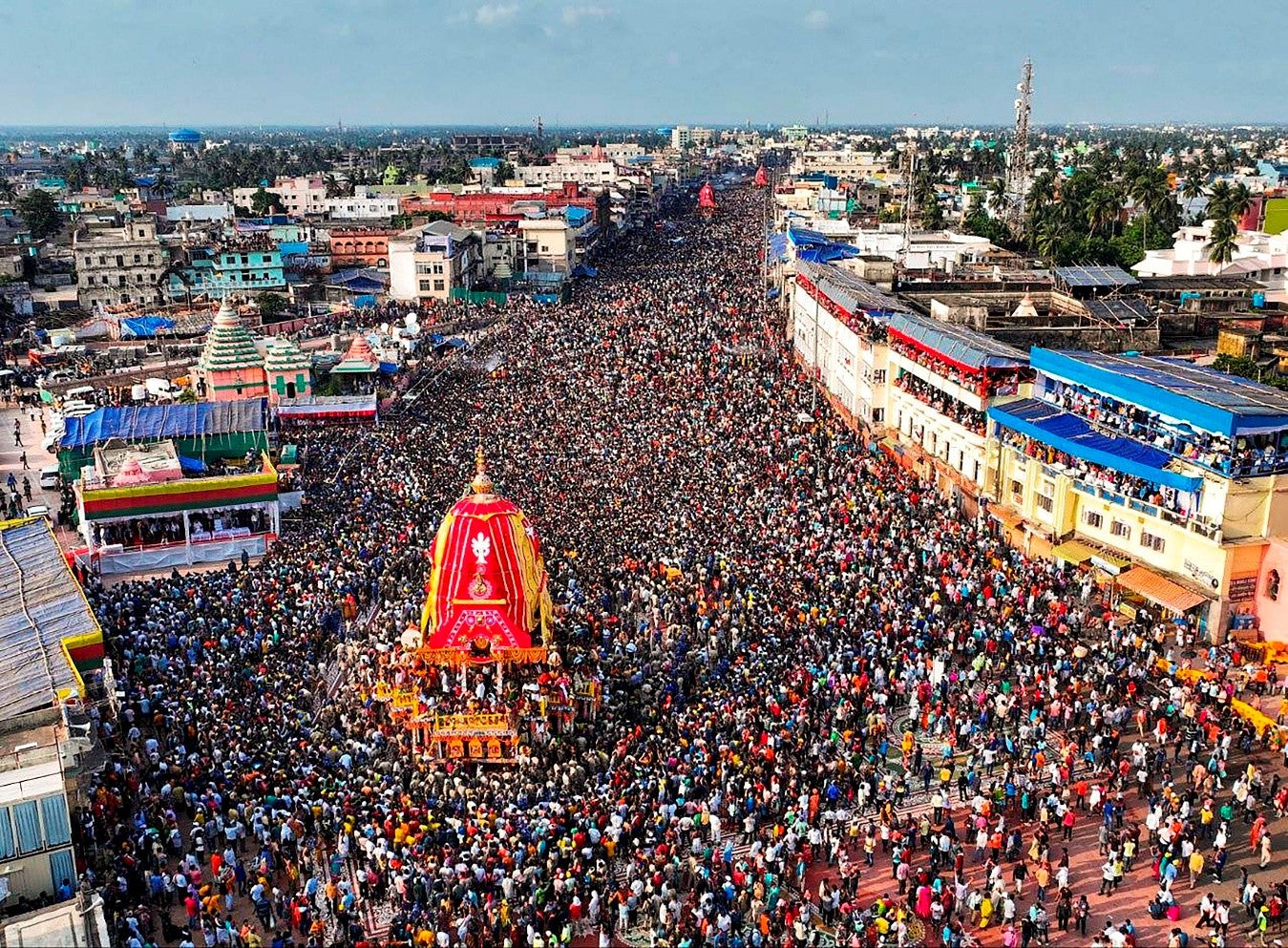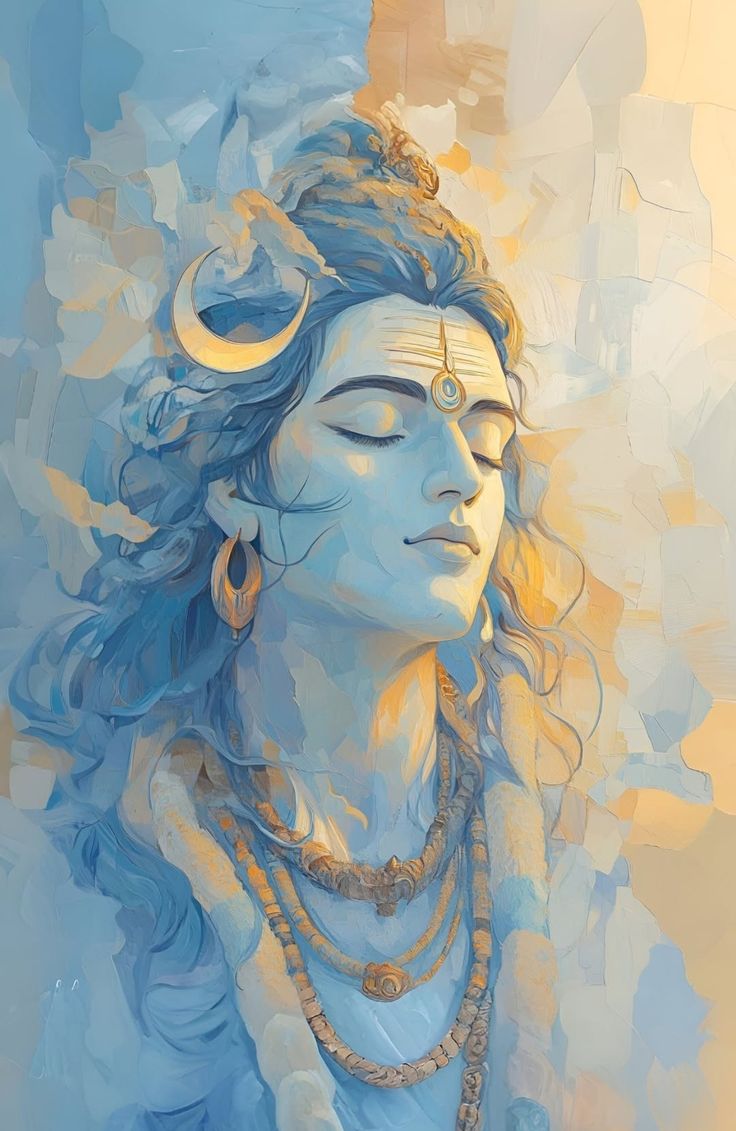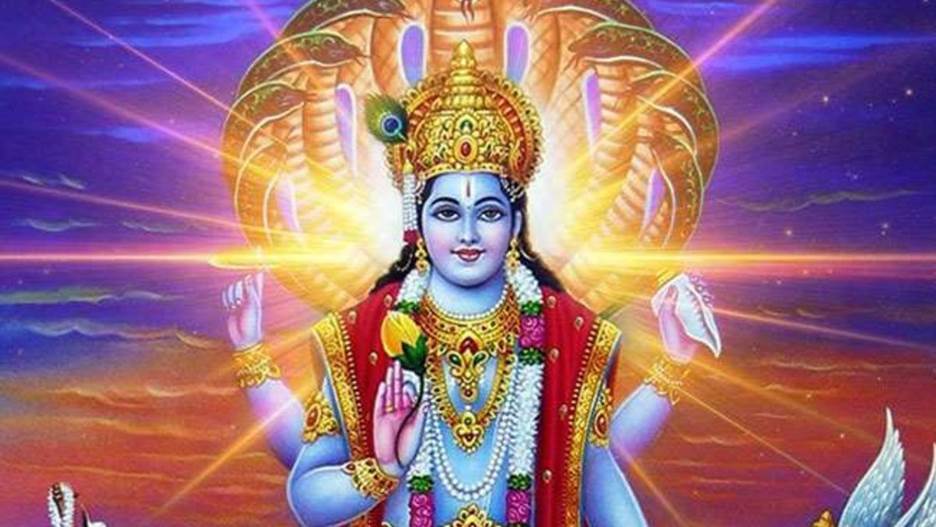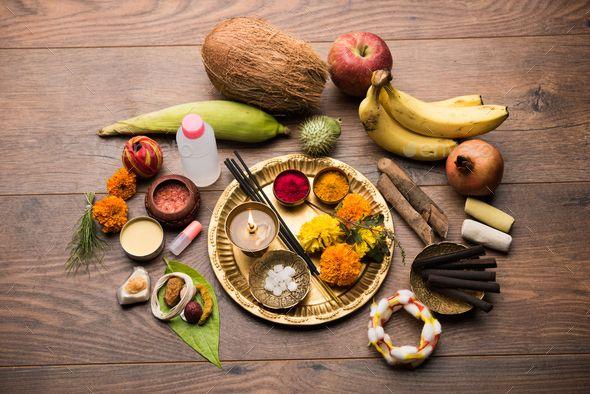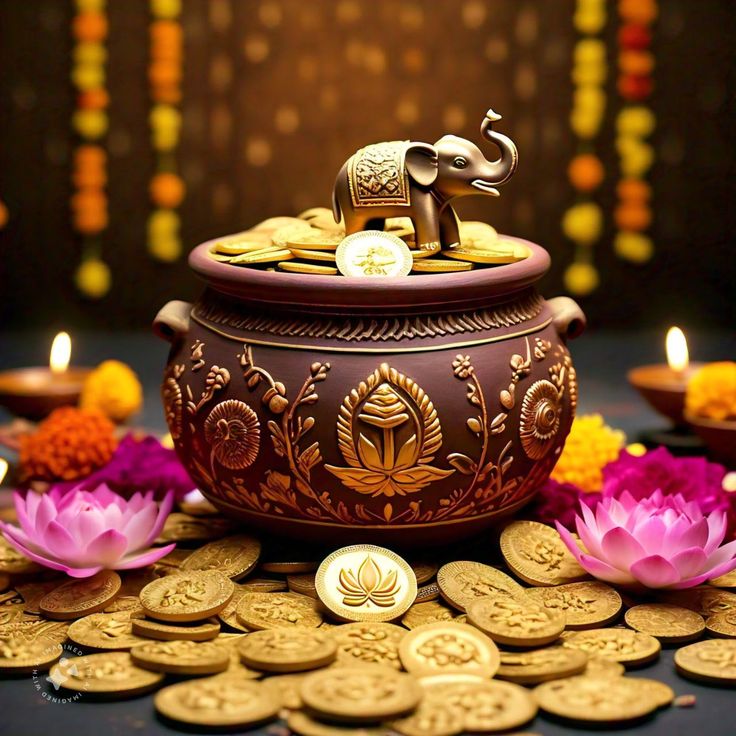Navratri is one of the most spiritually uplifting festivals in India. For nine nights, we worship the different forms of Goddess Durga with devotion, dance, fasting, and rituals. Our homes are filled with incense, lights, food offerings, and the energy of gatherings.
But once the festival ends with Vijayadashami, many people forget the importance of a post-Navratri cleanse. Just like we clean our homes before Diwali, we also need to spiritually reset our spaces after Navratri to remove residual energies, honor the deities, and prepare for Kartik month and the upcoming Diwali festivities.
This guide will take you through the step-by-step ritual of cleansing your home after Navratri, its significance, regional practices, modern adaptations, and FAQs.
Why Post-Navratri Cleansing is Important
1. Removes Negative Energy
Navratri brings a lot of activity — chanting, cooking, visitors, and gatherings. Along with positivity, sometimes stagnant or heavy energies remain. A cleansing ritual helps remove these vibrations and restore balance.
2. Prepares for Kartik & Diwali
Kartik month begins soon after Navratri. Scriptures call it the most auspicious month for worship of Lord Vishnu and Tulsi Mata. Entering Kartik with a pure home ensures that Diwali’s Lakshmi Puja is performed in an atmosphere of sattva (purity).
3. Keeps Your Altar Sattvic
An altar filled with withered flowers or leftover prasadam loses its spiritual charge. Refreshing it with new offerings maintains its sanctity and attracts divine blessings.
📖 Did you know? According to Skanda Purana, lighting lamps and performing simple cleansing rituals during Kartik brings results equivalent to grand yajnas.
Step-by-Step Post-Navratri Cleanse Ritual
Here’s a practical guide you can follow at home:
Step 1: Declutter the Space
-
Remove flowers, used incense sticks, oil diyas, and rangoli powders.
-
Do not throw sacred items in garbage; compost flowers or immerse respectfully under a Tulsi plant.
Step 2: Wipe with Sacred Waters
-
Prepare a mix of ganga jal with a pinch of turmeric or tulsi leaves.
-
Sprinkle around the altar, puja room, and entryway.
-
Turmeric has antiseptic properties, while tulsi is believed to kill negative energies.
Step 3: Light Camphor or Dhoop
-
Burn camphor to absorb lingering negativity.
-
Use loban or guggul dhoop to purify the air and bring a calming fragrance.
-
Ayurveda considers these herbs natural air purifiers.
Step 4: Sound Cleansing
-
Ring a bell (ghanti) or blow a conch (shankh) around the house.
-
The vibrations are believed to clear 64 layers of negative energy in the environment.
-
Conch blowing balances left and right brain, bringing harmony.
Step 5: Offer Fresh Prasadam
-
Place a fresh fruit, kheer, or sweet before your deity.
-
Renew your sankalp (intention) for Kartik and Diwali.
Regional Practices for Post-Navratri Cleansing
-
Gujarat: Families burn neem leaves with loban for smoke cleansing.
-
Maharashtra: Sprinkle gomutra and light tulsi deepdan.
-
South India: Replace kolam/rangoli outside homes daily to keep energy flowing.
-
North India: Renew mandir backdrop cloth and recite Lakshmi Stotra.
This shows that while practices vary, the essence remains the same: purity invites prosperity.
Modern Add-Ons for Urban Homes
If you live in an apartment or modern setting, adapt rituals with these tools:
-
Crystal cleansing bowls: Place clear quartz or selenite near your altar.
-
Essential oils: Diffuse sandalwood, lavender, or frankincense.
-
Sound bowls: Use Tibetan or crystal bowls for vibrational cleansing.
-
Salt lamps: Natural ionizers that absorb negativity.
Quick Checklist of Items You Need
-
Camphor
-
Ganga jal/turmeric water
-
Fresh flowers
-
Bell or conch
-
Prasadam items
✨ You can save time by ordering ready-made Prasadam kits that include essentials like diyas, incense, and offerings.
👉 Explore Prasadam & Chadhawa offerings
FAQs on Post-Navratri Cleansing
Q1. Can I use rose water instead of ganga jal?
Yes, rose water can be used with tulsi leaves for sprinkling if ganga jal is unavailable.
Q2. What should I do with leftover prasadam?
Distribute it to family, neighbors, or place respectfully near Tulsi plant. Never waste prasadam.
Q3. Can small apartments do the same rituals?
Yes, adapt by using small diyas, aroma diffusers, and bells. Even simple rituals done with devotion are powerful.
Q4. How soon after Navratri should I cleanse?
Ideally the next day, before Kartik rituals begin.
Preparing for Kartik & Diwali
This post-Navratri cleansing naturally leads into Kartik rituals:
-
Daily lamp lighting (Deepdan) near Tulsi plant or altar.
-
Fasting on Ekadashi to purify mind and body.
-
Reading Bhagavad Gita chapters for spiritual growth.
By the time Diwali arrives, your home and altar will be charged with sattvic energy, ready to welcome Goddess Lakshmi.
A post-Navratri cleanse isn’t just about cleaning — it’s about creating an energy shift. It’s about closing one spiritual chapter (Navratri) and opening another (Kartik & Diwali). By performing these rituals, you ensure that your home remains a magnet for divine blessings, peace, and prosperity.
✨ Want to refresh your altar without stress?
-
Order Prasadam kits & offerings for ready-to-use essentials.
-
Or directly Book a Puja or Chadhawa and let our trusted pandits perform on your behalf.
A cleansed home is a blessed home — start today and invite prosperity this Diwali season.



